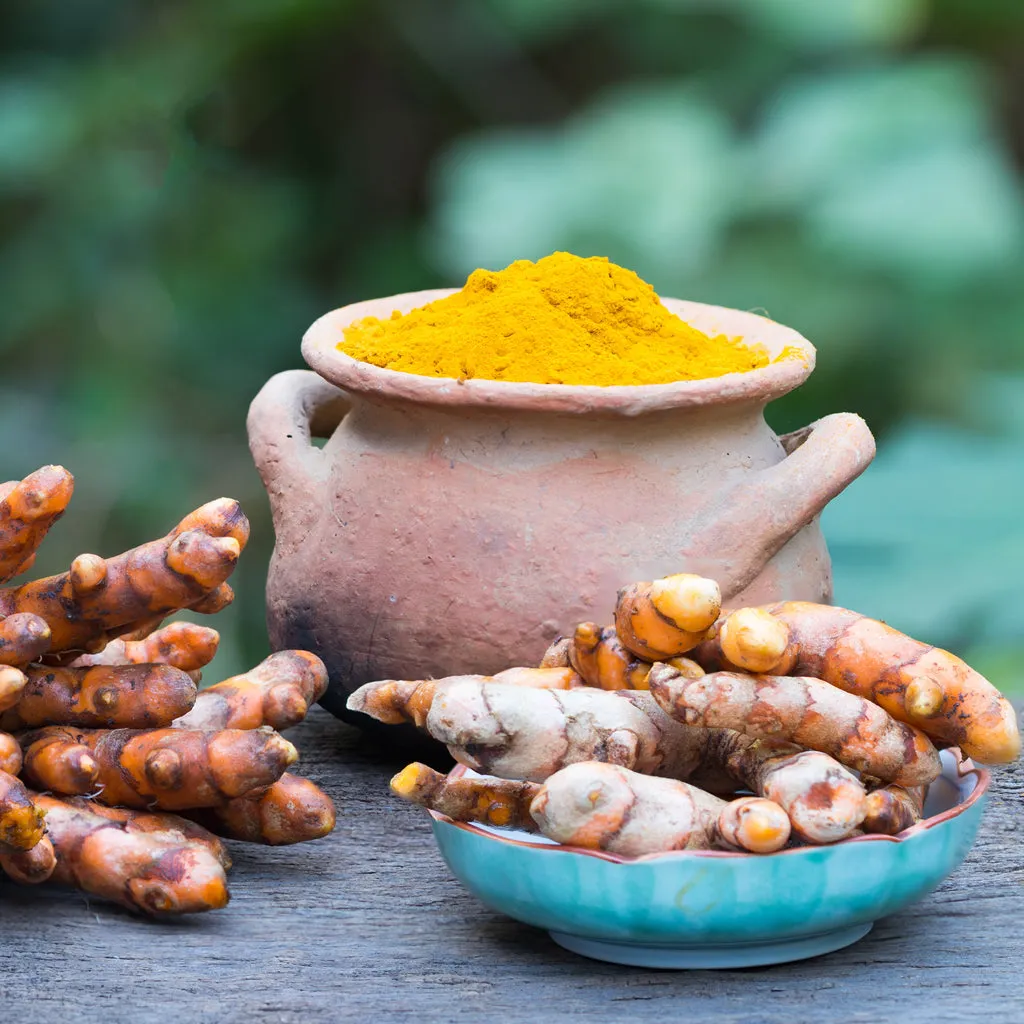
The turmeric has many names, such as turmeric, Kittingiza, Chryxoriza. It is the sparkling yellow powder that comes from the fragmentation of the dried kotsani of the Curcuma longa plant – Tropical perennial shrub belonging to the family of Piperorzas and is found mainly in India and Indonesia.
History and tradition
Turmeric is considered a sacred plant in these countries especially in India where for a long time it held an important place in social, cultural and therapeutic tradition. It also occupies a prominent place in the Indian medical tradition, the Ayurvedic and is considered food with longevity properties that cleanse the organism and is used to treat digestive abnormalities, fever, inflammations, arthritis, liver diseases.
Turmeric is used in both Chinese and Tibetan traditional medicine.
In antiquity, the Greeks used turmeric to paint their clothes yellow, while the painters of the Middle Ages mixed it with indigo (deep blue) to ensure a beautiful green hue. Today turmeric – hidden behind the code "E 100" serves as to give the mustard its yellow color.
The Latin name of the turmeric plant, Curlonga, is derived from the Arabic word kurkum which means saffron-saffron. Turmeric is also known as Indian saffron or yellow ginger in Chinese. The word turmeric used in English for Kafkumi comes from the old antiquated French term Terre – Merite, which comes in turn from the Latin term terra merite, ie "commendable earth" probably because the ground turmeric It looks like valuable mineral pigments similar to ocher.
Turmeric should not be confused with curry which is not a separate spice but is a mixture made from 20-30% turmeric mixed with coriander, cumin cardamom and various types of peppers.
The healing properties of turmeric
- Known for its anticancer activity
- When combined with cauliflower prevents prostate cancer
- Can prevent the occurrence of metastases in many cancers
- Lowers blood sugar levels in diabetics
- Has anti-inflammatory action analogous to this cortisone
- Causes remission of rheumatoid arthritis symptoms
- Reduces the risk of childhood leukemia
- Helps prevent and treat colds
- Protects the liver from toxins
- Against Anemia
- Against Diarrhea
- Used to treat wounds as it accelerates the healing process
- Used in cosmetology to treat skin discoloration and acne scars
Turmeric is as effective as strong drugs
Turmeric is a plant for which many pieces of research have been done. The medicinal properties and ingredients (mainly curcumin) have been the subject for over 5600 published peer review Biomedical studies. In fact, our 5year research project on this sacred plant revealed over 600 possible preventive and therapeutic uses, as well as 175 distinct beneficial effects.
Given the huge number of surveys carried out on this particular spice, it is no surprise that an ever-increasing number of studies have concluded that it can be compared to various conventional medicines, such as The following:
- Lipitor/atorvastatin (drugs against cholesterol)
- Corticosteroids (steroidal drugs)
- Prozac/fluoxetine and imipramine (antidepressants)
- Aspirin (blood thinner)
- Anti-inflammatory drugs
- Oxalplatine (chemotherapy drug)
- Metformin (anti-diabetes medicine)
Turmeric is the natural cortisone without its side effects. It contains the natural COX-2 inhibitors, which are included in the pharmaceutical painkillers, which recommended against pain.
If you found this article informative and useful, share, upvote and follow me for more.